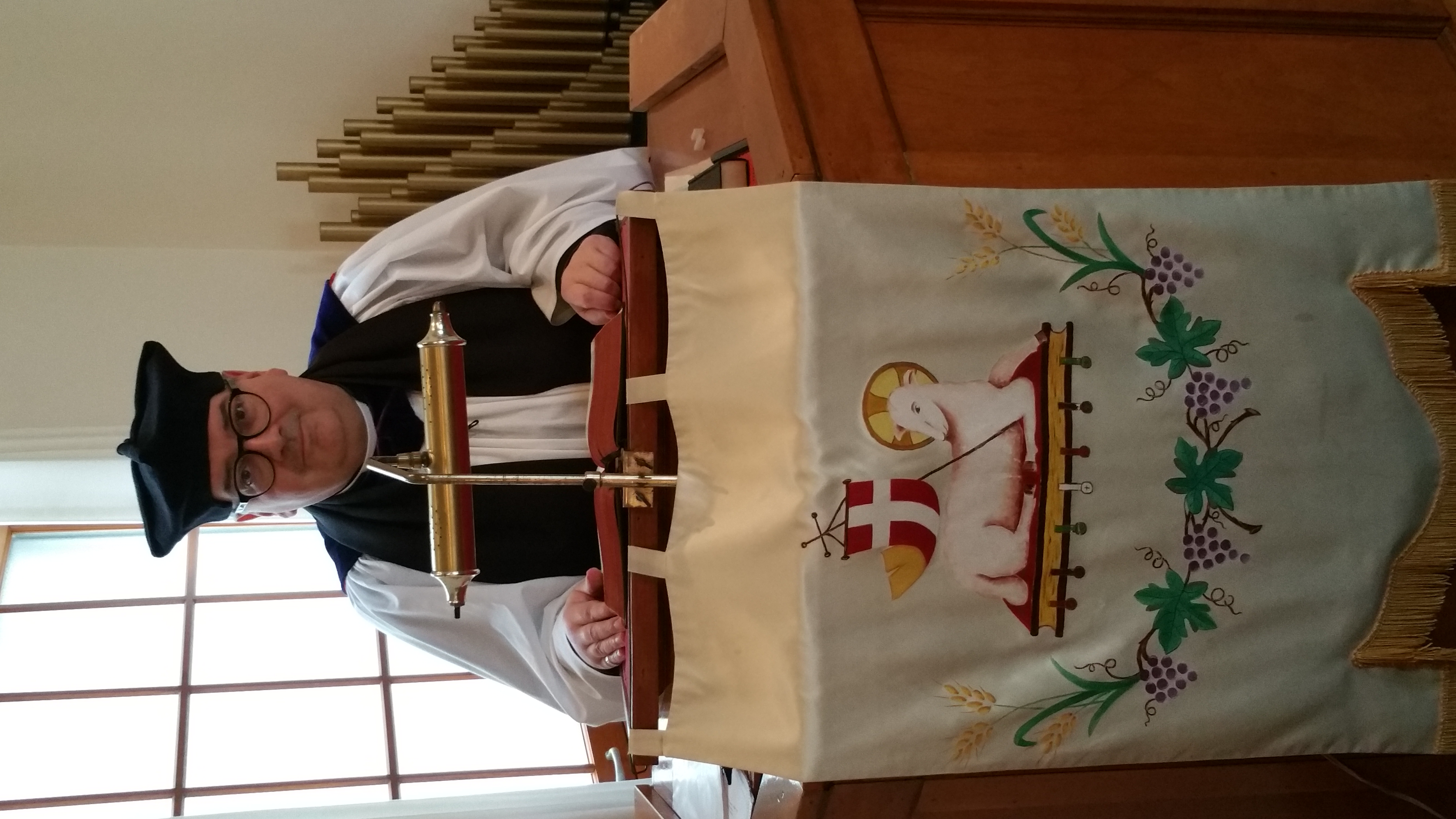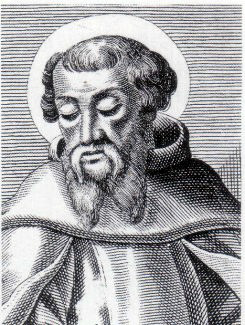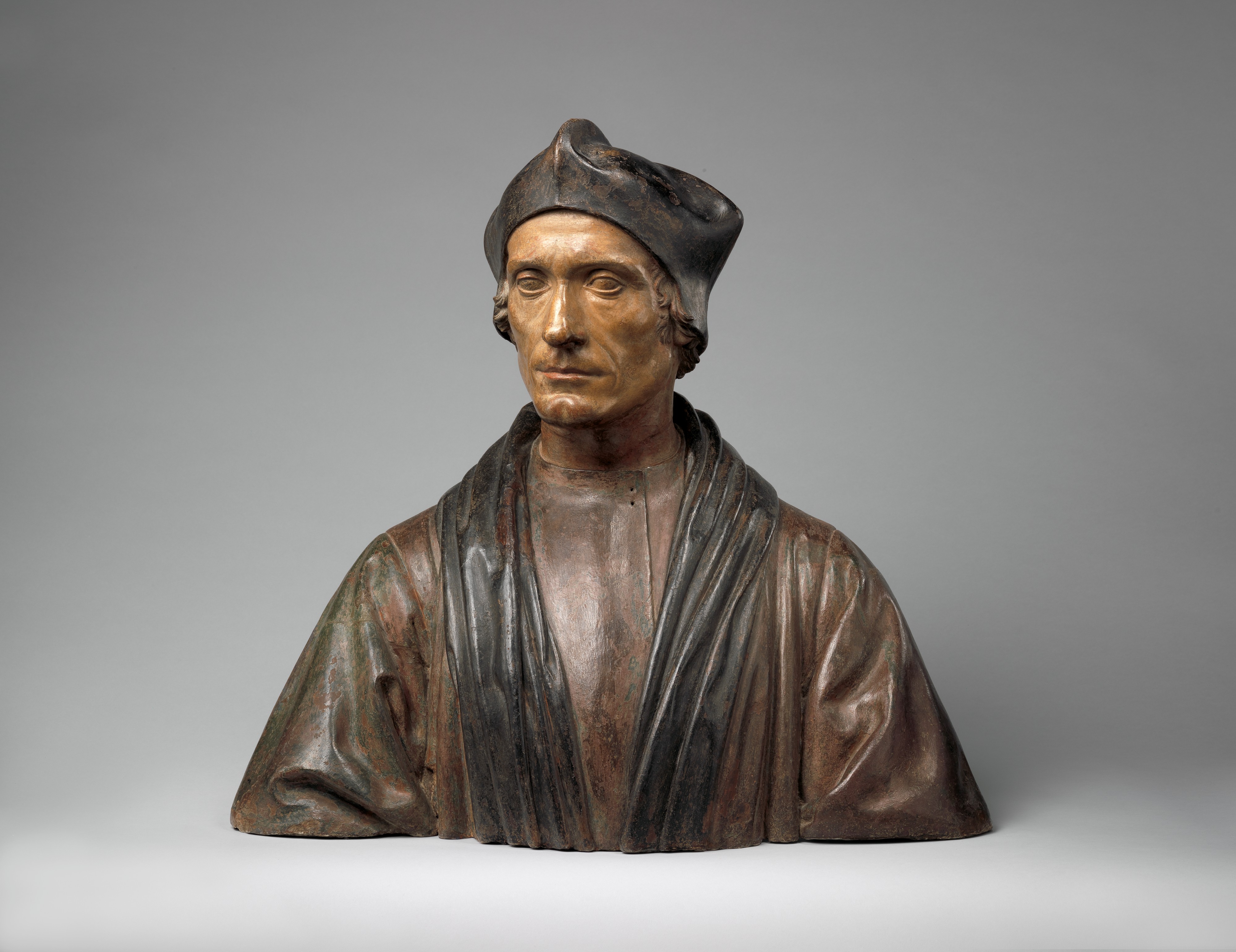|
Canterbury Cap
The Canterbury cap is a square cloth hat with sharp corners. It originated in the Middle Ages, and is commonly found in the Anglican Communion, as well as in the Catholic Church where it is used by Ordinariate clergy. It is also soft and foldable, "Constructed to fold flat when not in use ..." The Canterbury cap is the medieval ''biretta,'' descended from the ancient '' pileus'' headcovering. It is sometimes called the "catercap". In Anglican churches, clergy are entitled to wear the cap, which is worn for processions and when seated to listen to Scripture or to give a homily, but not when at the Holy Table. It forms part of the "canonical" outdoor clerical dress, along with cassock, gown, and tippet. The cap is made of black velvet for bishops and doctors, otherwise of black wool. In 1899, Percy Dearmer wrote in ''The Parson's Handbook'': A similar cap called the Oxford soft cap is worn today as part of academic dress by some women undergraduates at the University of Oxford ... [...More Info...] [...Related Items...] OR: [Wikipedia] [Google] [Baidu] |
Mortarboard
The square academic cap, graduate cap, cap, mortarboard (because of its similarity in appearance to the mortarboard used by brickmasons to hold mortar) or Oxford cap is an item of academic dress consisting of a horizontal square board fixed upon a skull-cap, with a tassel attached to the centre. In the UK and the US, it is commonly referred to informally in conjunction with an academic gown as a "cap and gown". It is also sometimes termed a square, trencher, or corner-cap. The adjective academical is also used. The cap, together with the gown and sometimes a hood, now form the customary uniform of a university graduate in many parts of the world, following a British model. Origins The mortarboard may have developed from the biretta, a similar-looking hat worn by Roman Catholic clergy. The biretta itself may have been a development of the Roman ''pileus quadratus'', a type of skullcap with superposed square and tump (meaning small mound). A reinvention of this type ... [...More Info...] [...Related Items...] OR: [Wikipedia] [Google] [Baidu] |
The Philippi Collection
The Philippi Collection is a German private collection of clerical, religious and spiritual headdresses. The collection demonstrates the history, shared roots and diversity of religious-clerical head coverings. Description The Philippi Collection is a private collection assembled by the entrepreneur Dieter Philippi, CEO of a German telecommunication distributor, located in Kirkel. The main focus of the collection is 500-plus examples of headgear, gathered from Christianity, Islam, Judaism, Caodaism, Shinto, Buddhism, Sikhism, Free Churches, Sufism, Anabaptism and further communities of faith. The collection also contains more than 100 accessories used for clerical and ecclesiastic purposes. Among these are pontifical shoes, gloves, pallia, pectoral crosses, bishops and Ecclesiastical rings, pieces of the papal china, and sashes. The collection contains 52 pectoral cross-cords. Location , the collection is not on public display. It is located at Kirkel in Saarland, Germany. ... [...More Info...] [...Related Items...] OR: [Wikipedia] [Google] [Baidu] |
Archbishop Of Canterbury
The archbishop of Canterbury is the senior bishop and a principal leader of the Church of England, the ceremonial head of the worldwide Anglican Communion and the diocesan bishop of the Diocese of Canterbury. The current archbishop is Justin Welby, who was enthroned at Canterbury Cathedral on 21 March 2013. Welby is the 105th in a line which goes back more than 1400 years to Augustine of Canterbury, the "Apostle to the English", sent from Rome in the year 597. Welby succeeded Rowan Williams. From the time of Augustine until the 16th century, the archbishops of Canterbury were in full communion with the See of Rome and usually received the pallium from the pope. During the English Reformation, the Church of England broke away from the authority of the pope. Thomas Cranmer became the first holder of the office following the English Reformation in 1533, while Reginald Pole was the last Roman Catholic in the position, serving from 1556 to 1558 during the Counter-Refor ... [...More Info...] [...Related Items...] OR: [Wikipedia] [Google] [Baidu] |
Richard Bancroft
Richard Bancroft (1544 – 2 November 1610) was an English churchman, Archbishop of Canterbury from 1604 to 1610 and "chief overseer" of the King James Bible. Life Bancroft was born in September 1544 at Farnworth, now part of Widnes, Cheshire, second son of John Bancroft, and his wife Mary. His mother was the daughter of James Curwen and niece to Hugh Curwen, Archbishop of Dublin from 1555 to 1567, then Bishop of Oxford until his death in November 1568. He was initially educated at the local grammar school, founded by bishop William Smyth, also from Farnworth, before moving to Cambridge. He first attended Christ's College, followed by Jesus College; he took his degree of BA in 1567, then MA in 1570. He was older than most students, reportedly due to money problems, and apparently more successful at sports than study; in 1564, his uncle Hugh obtained a sinecure for him at St Patrick's, Dublin. Ordained about that time, he was named chaplain to Richard Cox, then b ... [...More Info...] [...Related Items...] OR: [Wikipedia] [Google] [Baidu] |
Archbishop Of Canterbury
The archbishop of Canterbury is the senior bishop and a principal leader of the Church of England, the ceremonial head of the worldwide Anglican Communion and the diocesan bishop of the Diocese of Canterbury. The current archbishop is Justin Welby, who was enthroned at Canterbury Cathedral on 21 March 2013. Welby is the 105th in a line which goes back more than 1400 years to Augustine of Canterbury, the "Apostle to the English", sent from Rome in the year 597. Welby succeeded Rowan Williams. From the time of Augustine until the 16th century, the archbishops of Canterbury were in full communion with the See of Rome and usually received the pallium from the pope. During the English Reformation, the Church of England broke away from the authority of the pope. Thomas Cranmer became the first holder of the office following the English Reformation in 1533, while Reginald Pole was the last Roman Catholic in the position, serving from 1556 to 1558 during the Counter-Refor ... [...More Info...] [...Related Items...] OR: [Wikipedia] [Google] [Baidu] |
Thomas Cranmer
Thomas Cranmer (2 July 1489 – 21 March 1556) was a leader of the English Reformation and Archbishop of Canterbury during the reigns of Henry VIII, Edward VI and, for a short time, Mary I. He helped build the case for the annulment of Henry's marriage to Catherine of Aragon, which was one of the causes of the separation of the English Church from union with the Holy See. Along with Thomas Cromwell, he supported the principle of royal supremacy, in which the king was considered sovereign over the Church within his realm. During Cranmer's tenure as Archbishop of Canterbury, he was responsible for establishing the first doctrinal and liturgical structures of the reformed Church of England. Under Henry's rule, Cranmer did not make many radical changes in the Church, due to power struggles between religious conservatives and reformers. He published the first officially authorised vernacular service, the '' Exhortation and Litany''. When Edward came to the throne, Cranmer was ... [...More Info...] [...Related Items...] OR: [Wikipedia] [Google] [Baidu] |
Rochet
A rochet () is a white vestment generally worn by a Roman Catholic or Anglican bishop in choir dress. It is unknown in the Eastern churches. The rochet in its Roman form is similar to a surplice, except that the sleeves are narrower. In its Anglican form it is a descendant of the traditional albs worn by deacons and priests. In the Roman Catholic tradition, the rochet comes below the knee and its sleeves and hem are sometimes made of lace; in the Anglican tradition, the rochet comes down almost to the hem of the cassock and its sleeves are gathered at the wrist. The word stems from the Latin ''rochettum'' (from the late Latin ''roccus'', connected with the Old High German ''roch'', ''roc'' and the A.S. ''rocc''; Dutch ''koorhemd, rochet'', French ''rochet'', German ''Rochett, Chorkleid'', Italian ''rocchetto'', Spanish ''roquete''), means an ecclesiastical vestment. Catholic use In the Catholic Church, cardinals, bishops and certain other dignitaries use a rochet, a garment ... [...More Info...] [...Related Items...] OR: [Wikipedia] [Google] [Baidu] |
Bishop Of Rochester
The Bishop of Rochester is the ordinary of the Church of England's Diocese of Rochester in the Province of Canterbury. The town of Rochester has the bishop's seat, at the Cathedral Church of Christ and the Blessed Virgin Mary, which was founded as a cathedral in 604. During the late 17th and 18th centuries, it was customary for the Bishop of Rochester to also be appointed Dean of Westminster: the practice ended in 1802. The diocese covers two London boroughs and West Kent, which includes Medway and Maidstone. The bishop's residence is Bishopscourt in Rochester. His Latin episcopal signature is: "(firstname) Roffen", ''Roffensis'' being the genitive case of the Latin name of the see. The office was created in 604 at the founding of the diocese in the Kingdom of Kent under King Æthelberht. Jonathan Gibbs has served as Bishop of Rochester since the confirmation of his election, on 24 May 2022. History The Diocese of Rochester was historically the oldest and smallest ... [...More Info...] [...Related Items...] OR: [Wikipedia] [Google] [Baidu] |
Pre-Reformation Catholic
The history of the Catholic Church is the formation, events, and historical development of the Catholic Church through time. The tradition of the Catholic Church claims the Catholic Church began with Jesus Christ and his teachings; the Catholic tradition considers that the Catholic Church is a continuation of the early Christian community established by the Disciples of Jesus. The Church considers its bishops to be the successors to Jesus's apostles and the Church's leader, the Bishop of Rome (also known as the Pope), to be the sole successor to Saint Peter who ministered in Rome in the first century AD after his appointment by Jesus as head of the Church.Hitchcock, ''Geography of Religion'' (2004), p. 281, quote: "Some (Christian communities) had been evangelized by Peter, the disciple Jesus designated as the founder of His church. Once the position was institutionalized, historians looked back and recognized Peter as the first pope of the Christian church in Rome"Norman, '' ... [...More Info...] [...Related Items...] OR: [Wikipedia] [Google] [Baidu] |
John Fisher
John Fisher (c. 19 October 1469 – 22 June 1535) was an English Catholic bishop, cardinal, and theologian. Fisher was also an academic and Chancellor of the University of Cambridge. He was canonized by Pope Pius XI. Fisher was executed by order of Henry VIII during the English Reformation for refusing to accept him as the supreme head of the Church of England and for upholding the Catholic Church's doctrine of papal supremacy. He was named a cardinal shortly before his death. He is honoured as a martyr and saint by the Catholic Church. He shares his feast day with Thomas More on 22 June in the Catholic calendar of saints and on 6 July in that of the Church of England. Early life John Fisher was born in Beverley, Yorkshire, in 1469, the eldest son of Robert Fisher, a modestly prosperous merchant of Beverley, and Agnes, his wife. He was one of four children. His father died when John was eight. His mother remarried and had five more children by her second husband, William ... [...More Info...] [...Related Items...] OR: [Wikipedia] [Google] [Baidu] |
Biretta
The biretta ( la, biretum, birretum) is a square cap with three or four peaks or horns, sometimes surmounted by a tuft. Traditionally the three-peaked biretta is worn by Catholic clergy and some Anglican and Lutheran clergy. A four-peaked biretta is worn as academic dress (but not liturgically) by those holding a doctoral degree from a pontifical faculty or pontifical university or faculty. Occasionally the biretta is worn by advocates in law courts, for instance the advocates in the Channel Islands. Origins The origins of the biretta are uncertain. It is mentioned as early as the tenth century. One possible origin is the academic cap of the high Middle Ages, which was soft and square. This is also the ancestor of the modern mortarboard used today in secular universities. The biretta seems to have become a more widely used as an ecclesiastical vestment after the synod of Bergamo, 1311, ordered the clergy to wear the "bireta on their heads after the manner of laymen." The ... [...More Info...] [...Related Items...] OR: [Wikipedia] [Google] [Baidu] |






